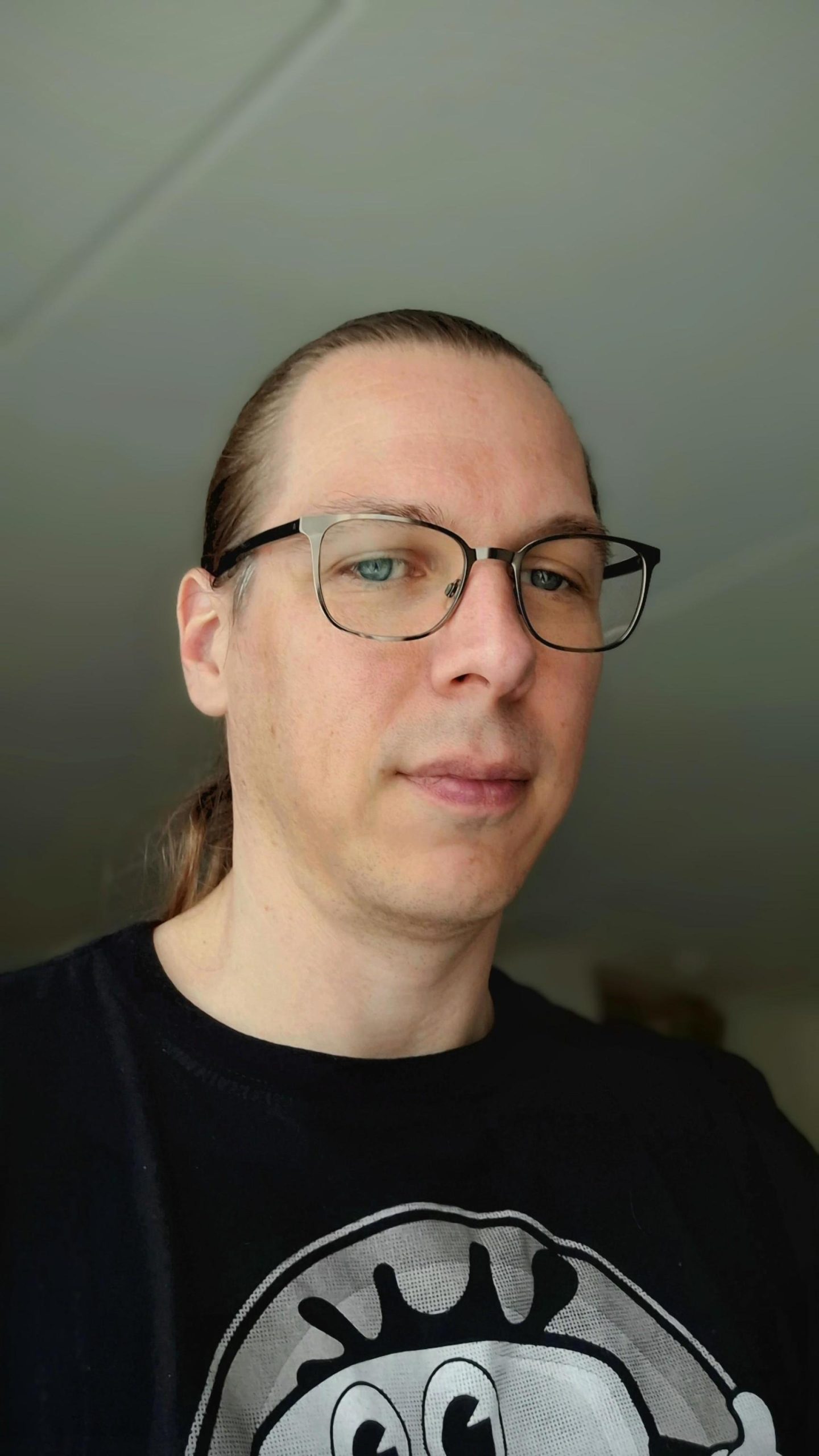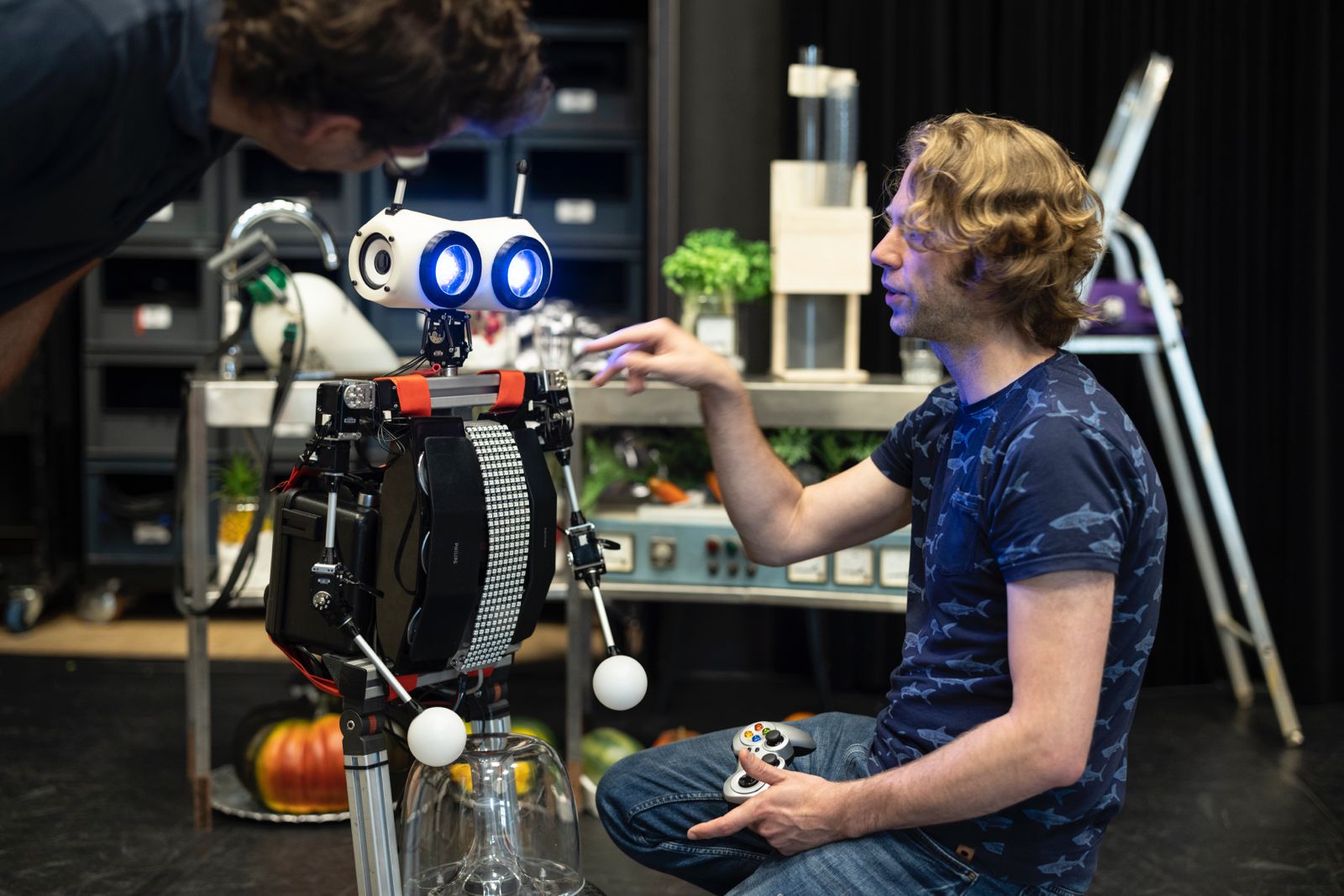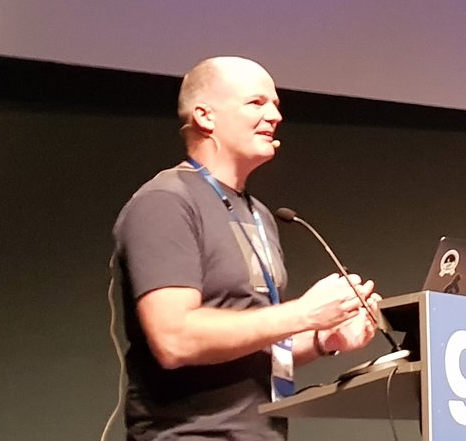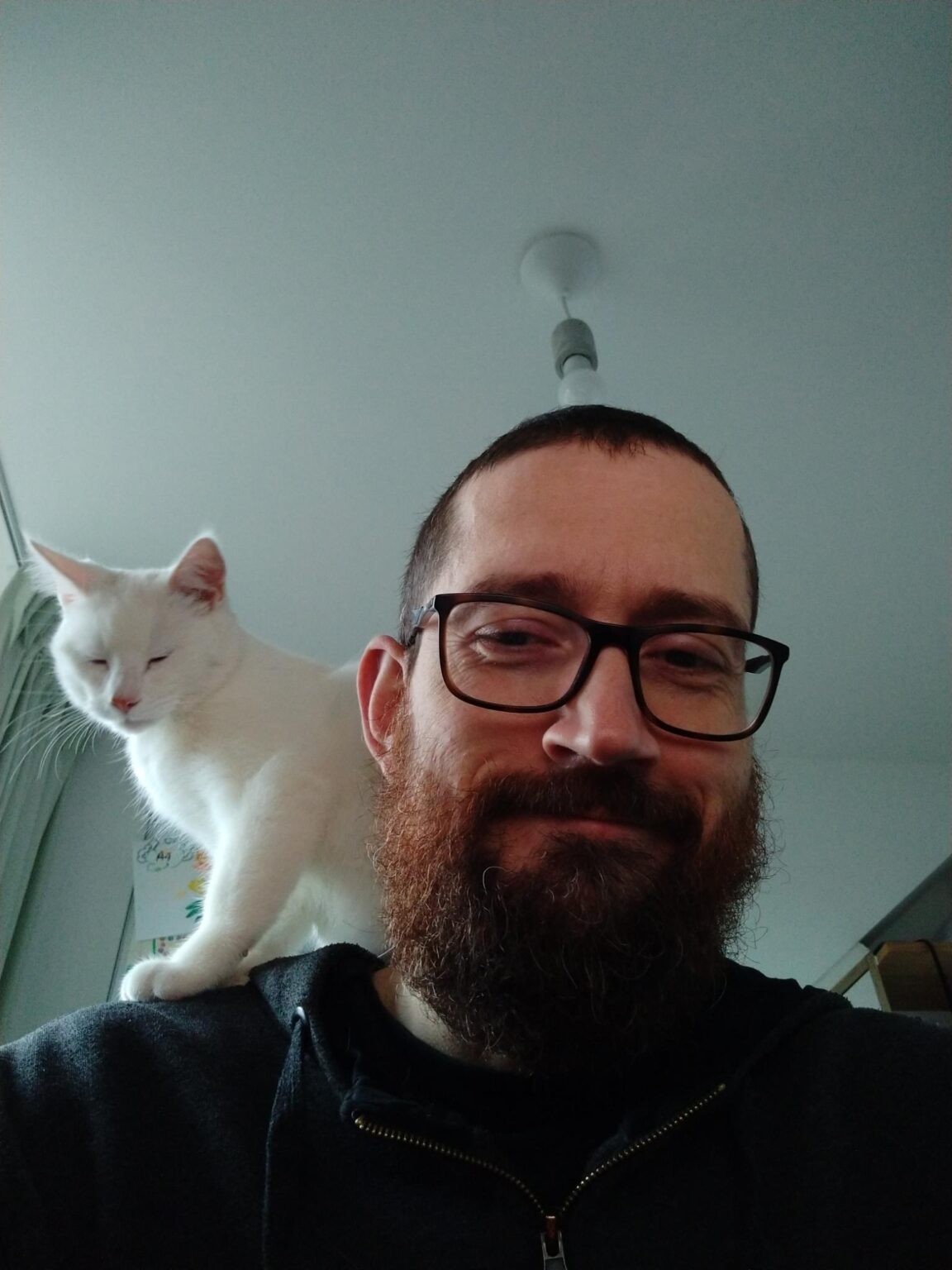You Need a Hackerspace!
Saturday 13:00

We all need community to live a way worthwhile life. Drawing from his experiences visiting hundreds of hackerspace communities around the world, Mitch Altman will show you that hackerspaces may be the key to open the doors for you to do way cool things in your life.
About Mitch Altman
In 2007 Mitch Altman co-founded Noisebridge hackerspace in San Francisco, one of the early hackerspaces in the US. Since then he has visited hundreds of hackerspaces around the world, and helped many groups of people create their own. In this talk Mitch will share his personal experiences with these amazing communities with the hope that it will inspire you to do more way cool things in your life.
Introductie MQTT, Tasmota & Node-RED
Saturday 14:00

A demonstration of the power of MQTT combined with Node-RED and the “universal” firmware for ESP8266 and ESP32. A set of building blocks for all kinds of projects.
By Ad (CrazyA)
Dutch (home) computer history
Saturday 15:00
In the 1975s, history began for the home computer with the Altair 8800. 2 Years later 3 somewhat friendlier computers came on the market and from 1980 the use exploded, something that is still going on. Big brands that everyone knows like Apple, IBM, Commodore, Atari are the pioneers from the USA. Brands like Sinclair, Amstrad and Acorn were big and cheap in England. But where is Philips, Tulip, Holborn and Laser Computers? Historically, the Netherlands appears to have played a very large role in how computers are used. By diving deep into history as HomeComputerMuseum, the Netherlands appears to have been a major player in how the computer was used. Even the creation of the Internet is partly Dutch. In the 45-minute presentation, I’ll take you through why and how this is so.
By Bart van den Akker from Homecomputermuseum.nl
Ravi the theatre robot
Saturday 16:00

Edwin Dertien is maker, tinkerer, musician, educator and allround roboticist. At hackfest he will show some of his latest musical creations. In his talk he will discuss his latest projects for science, film and theatre – with a large number of photo-detective moments, mis-appropriated IKEA hardware, humanoid robots-that-definitely-will-not-take-over-the-world and a very cool tiny-house-robot (his largest robot so far) which he is turning into a Bad Idea ™
Building your own ISP _or_ How to become sovereign on the internet
Sunday 11:00

In this talk, we’ll go over how the internet works behind the curtains. What it takes to set up your own ISP including IP-addresses, ASNs, routers and switches and why you might want to go on this journey yourself.
We use the internet every day, but few of us know how it works behind the curtains. Where does your ISP get its internet from? How does my YouTube video or that news article get to me?
Not only will you learn how the internet really works, you’ll also learn how you can build your own little island, not dependent on anyone! (at least, not one other network :)). Your own network, free to do whatever you want. You will get to learn about ASN’s, LIR’s, RIR’s, Transits and Internet Exchanges.
I will also give a tour of my own network and the journey I went on to build my own network. Hopefully, I will inspire you to do the same.
About Nick Bouwhuis
Hi! My name is Nick and I’m a Network Engineer at Speakup a leading communications provider located in Enschede. I’m passionate about technology and all things IT. I also run a small business on the side that helps small businesses in the area with IT-related tasks like management, security, networking and more. Networking and connecting certainly is something that really piques my interest. And I hope to transfer some of my enthusiasm in this field to you.
The live-bootstrap project
Sunday 12:00

In the past years a spend a lot of time analyzing the live-bootstrap project. Just this year there was an almost succesfull attempt to get a back-door in ssh which if succesful would have opened all Linux installations. Hackers with evil intentions and government spy organisations have an interest in getting back-doors into Linux. Another pathway is through a modified ‘binary’ of a compiler that, for example, inserts a similar back-door into ssh.
During the presentation, I want to talk about the risk of back-doors, why live-bootstrap is relevant, how it works, and what I have found along the route.
Hacking a magnetic lock: successes and failures
Sunday 13:00

When a hacker gets hold of magnetic locks from Enschede’s Ankerslot, how does he go about learning about it and how does he defeat it? Successes but also failures will be shared. Expect lockpicking, impressioning, arduino programming, soldering, CAD modelling, 3D printing and metal working.
About Walter Belgers
Walter Belgers is an honorary member of TOOOL, the Open Organisation of Lockpickers and NLUUG, the Dutch UNIX Users Group. He has worked in IT security for all his life variously as a penetration tester, general hacker, and now security officer at Philips, and holds an M.Sc. in computing science. Belgers also co-invented a microcomputer without a microprocessor.
Introduction to Homie-IOT MQTT convention
Sunday 14:00

Are you tired of being locked into your All-in-One Home Automation solution? If you’ve ever transitioned from one to another you know the struggle (Fibaro, Homey, Home Assistant, Zipato, Domoticz, OpenHAB, or whatever else is out there…). Wouldn’t it be great if you can simply use the best mobile app, the best dashboard, and the best rules-engine, etc?
The Homie convention is an MQTT based convention that adds meaning to MQTT topics. Used by tinkerers and home-automation users to easily discover, describe, and interact with devices. MQTT + Homie becomes your own open message bus without being locked into all of the proprietary all-in-one tools.
About Thijs Schreijer
Thijs has been involved in IoT and Home Automation since the mid 90’s. He supported several standardization and open source efforts, as a member of the UPnP workgroup (the standard that powers MediaServers based on DLNA) and the late xPL project. He co-founded Hello-Niles, an early startup in Home-Automation services, and is now an admin at the Homie project. In his day job he is a solution architect/software engineer at Kong Inc which builds open-source API gateways and service-mesh technology.
Live & work without Google, Meta, Apple or Microsoft? It can be done!
Sunday 15:00

“Most people in the Netherlands are well familiar with the software applications and services of Google, Meta, Apple, Microsoft and other big-tech companies, among others.
You collaborate with your colleagues through Microsoft Teams. You app with Whatsapp from Meta via a Google Android phone or Apple’s iPhone with family & friends and you use Google Chrome, Apple Safari or Microsoft Edge to order something from a webshop. We have become hugely dependent on bigtech companies from countries outside Europe and that’s not okay.
But it can be done differently!
In this presentation, Björn Wijers discusses why bigtech is a problem and what options you already (still?) have to become less dependent on these companies. ”
Verifiable Computing Project – Building Truly Open Source Hardware
Sunday 16:00

Increasingly, what we call the processor on our computers and phones is actually a System on Chip (SoC) – that is to say, the processor is coupled with other elements such as integrated graphics, connectivity (ie PCIe) or other management functions. What do we really know about the hardware underlying modern computers?
Vulnerabilities found in subsystems such as those in the firmware of the Intel Management Engine (ME) found in most modern computers reveal a blunt truth – we have to trust, blindly or begrudgingly, that our chips are correctly implemented and without any backdoors, intentional or otherwise.
In this presentation, we take a look at how the hardware manufacturing ecosystem impacts the security of the devices we use. We also present a computer design whose processor is implemented in a FPGA (Field Programmable Gate Array) based on the open source RISC-V Instruction Set Architecture (ISA), as well as the toolkits available for synthesizing digital hardware.
By Joyce Ng